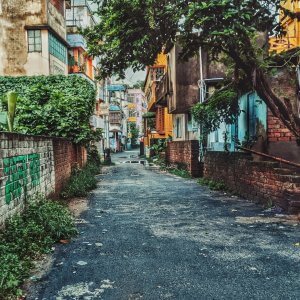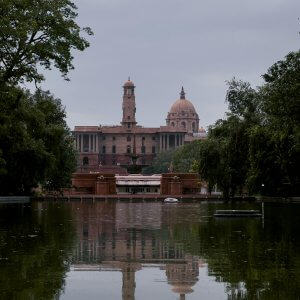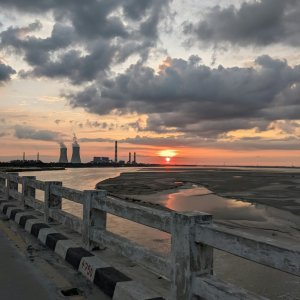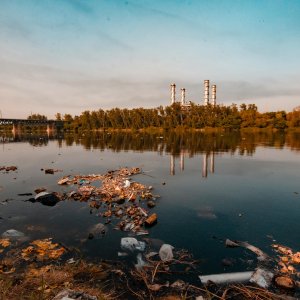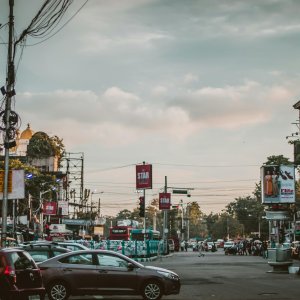Rural low-income communities, including smallholder farmers and daily wage laborers.As of 2024, approximately 63.13% of India’s population resides in rural areas, according to World Bank data compiled from government sources. This accounts for nearly 900 million people living in dispersed villages and small towns across India. Nearly 47% of the population depends on agriculture for...
Category: India News Brief and Action Alert
India: The Politics of Climate Change
While the government has launched significant renewable energy programs and made global commitments, the persistent dominance of coal, uneven media coverage, and limited public literacy limit transformative change. India, as the world’s third-largest emitter of greenhouse gases, faces a complex interplay of political, technical, media, and public forces shaping its climate policies. This article explores...
India: Nuclear Energy Updates
India is planning a more than ten-fold increase from current levels and is setting the stage for a transformative scale-up of nuclear infrastructure.Nuclear energy in India, while a modest contributor to the overall power mix, stands at a pivotal juncture in its development trajectory. As of early 2025, the country operates 25 nuclear reactors across...
India: What Recent Climate Polling Tells Us
The Indian public is deeply concerned about the climate crisis—but this concern needs to be translated into policy support and behavioural change. For that, high-quality, inclusive, and frequent polling is indispensable. As the world grapples with intensifying climate extremes, India, home to over 1.4 billion people, is emerging as a pivotal player in global climate...
India: 2025 Mid-Year Emissions Report Card
The Indian Carbon Market became fully operational in January 2025, representing the most ambitious market-based instrument for emissions control in the Global South. India’s development trajectory in 2025 sits at the intersection of climate justice, energy transition, and sustainable growth. As the world’s most populous nation and its third-largest emitter of greenhouse gases, India holds...
Government efforts in India to address the climate justice needs of vulnerable populations are often perceived to be inadequate
Poor and climate-vulnerable people in India live in coastal areas, hilly terrains, forests, and biodiverse regions. Most of the human needs in these remote areas are met by exploiting the natural resources of the environment. For instance, energy to light homes and support neighborhood livelihood typically comes from forest wood, which doubles up as fodder...
Nature-Based Solutions have the Potential to Meet One-Third of India’s Climate Mitigation Targets Needed to Meet the Goals Set Under the Paris Agreement
India has tremendous potential when it comes to nature-based solutions—it can provide sustainability, jobs, and growth. NBS are currently implemented in different schemes and programmes in India, including the Mahatma Gandhi National Rural Employment Scheme (MGNREGA) and missions, under the National Action Plan on Climate Change (NAPCC). For instance, almost 60 per cent of the activities allowed under...
India Aims to Reduce Road Transport Emissions by 25% to 50% Below 2020 Levels by 2050
India has about 1.5 billion people who live in distributed areas across large cities, urban centers, and semi-urban and rural areas, with a rising trend of people’s migration to urban areas. According to a World Bank study, more than 70% of the existing population in the country in the coming year will be migrating to...
Indian Government Sets Target to Achieve 30% Electrification of the Country’s Vehicle Fleet by 2030
In 1996, the first electric vehicle (EV) in India was a three-wheeler invented by Scooter’s India Pvt Ltd, and it was back then called VIKRAM SAFA. Approximately 400 vehicles were made and sold. According to data from the Press Information Bureau (PIB), there were 124,654 electric vehicles (EVs) registered in Indian in 2020. There is...
India Climate Leader Nomination: Sri Agastyaa
Sri Agastyaa is a strategic advisor to the World Environmental Movement for Awareness, Action, and Advocacy (WEMAAA). He is a prominent figure in India and internationally because of his professional expertise in climate change and environmental protection, which has forged unity between civil society and the corporate sector. His life path weaves together decades of...


